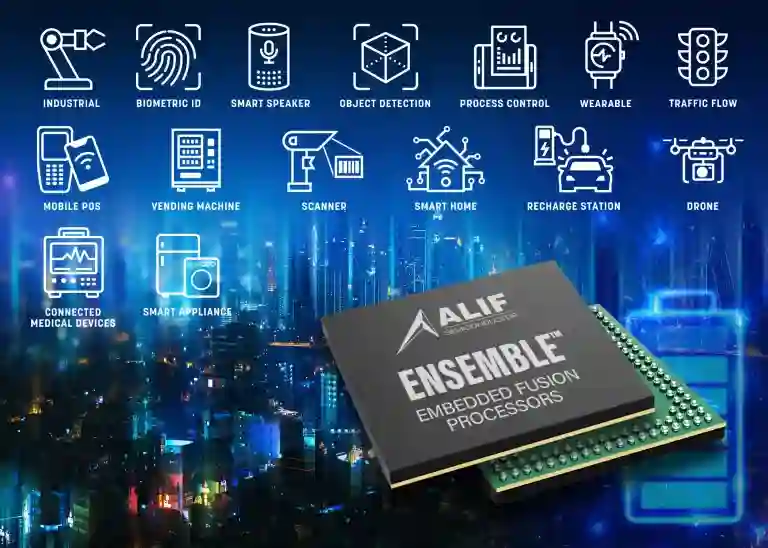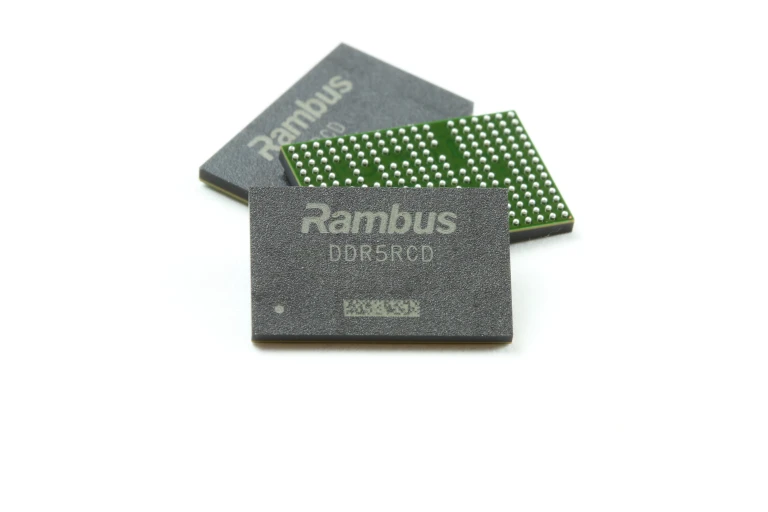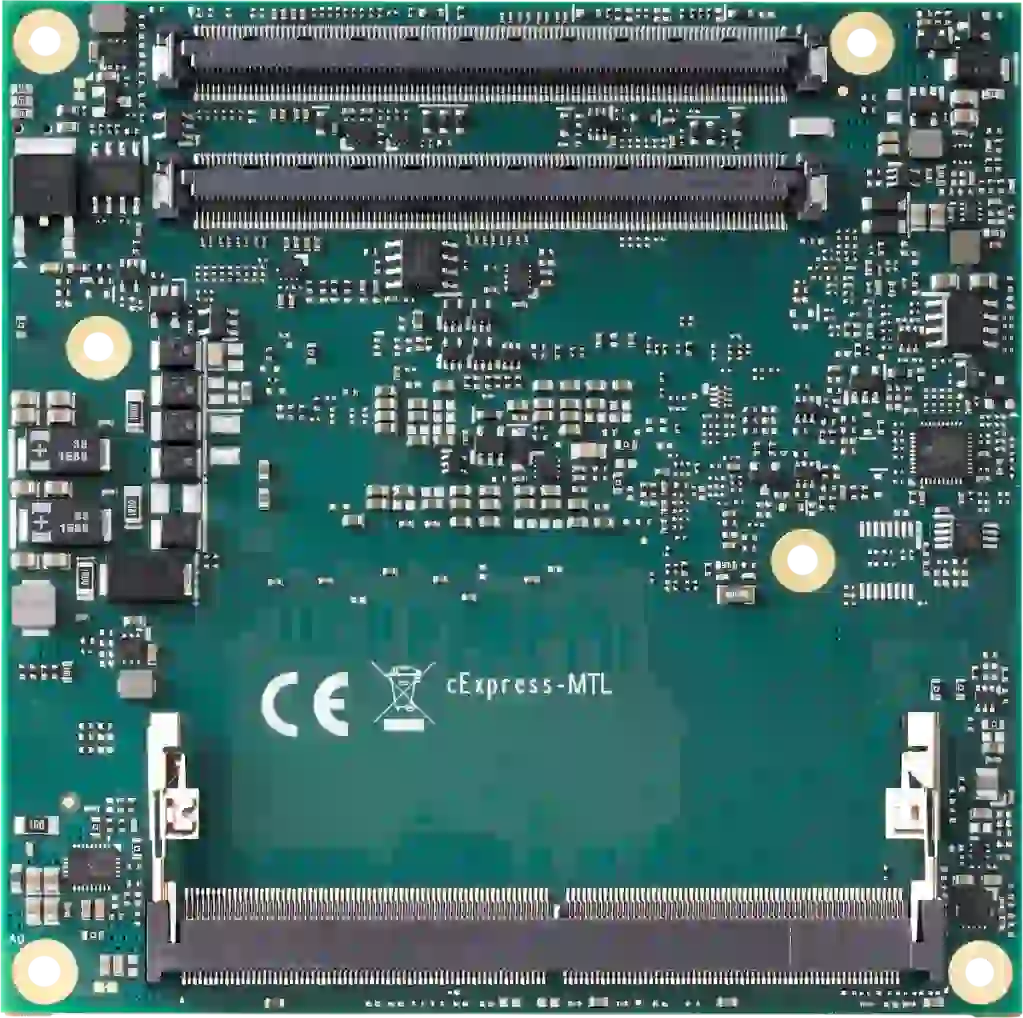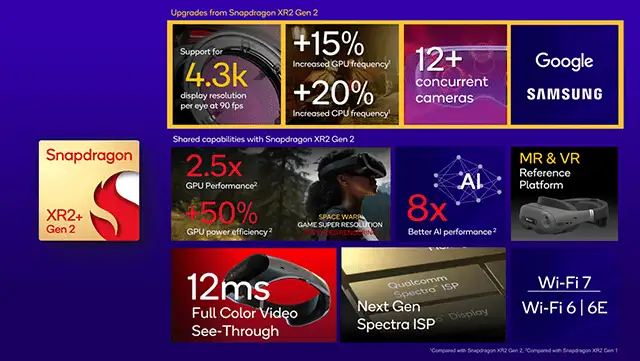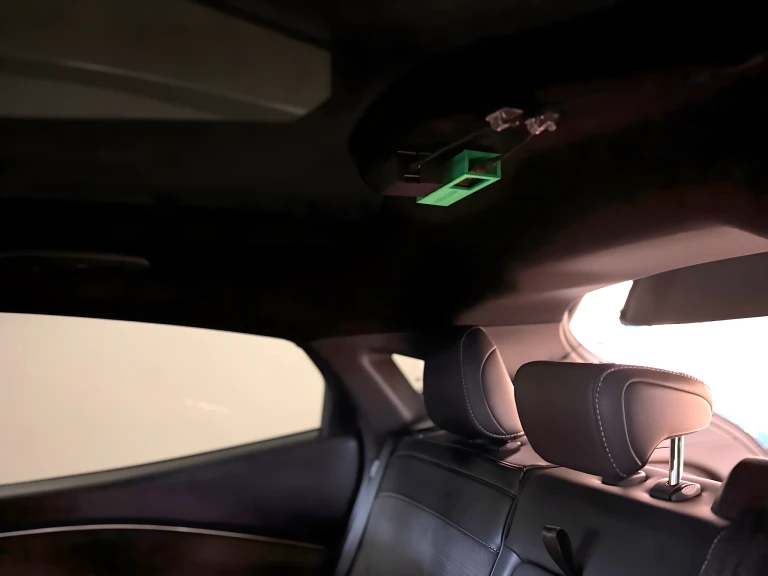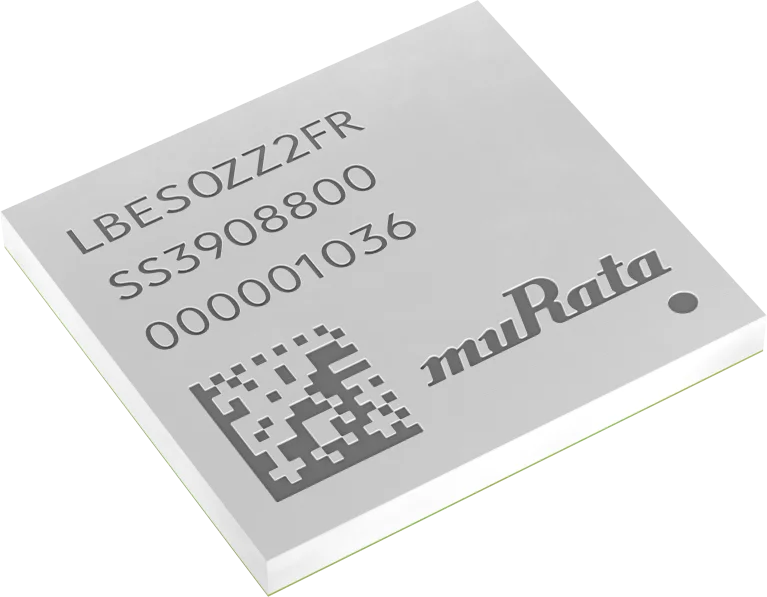
NXP Semiconductors N.V. has expanded its automotive radar one-chip family, introduced this time last year, with the launch of the new SAF86xx. The device monolithically integrates a high-performance radar transceiver, a multi-core radar processor and a MACsec hardware engine for secure data communication over automotive Ethernet.
The radar one-chip, together with NXP’s S32 high-performance processors, vehicle network connectivity and power management, delivers a full system solution that readies the path for software-defined radar, from smart sensors to future streaming sensors, NXP said. This includes 360-degree sensor fusion, better sensor resolution and AI-based object classification.
The highly integrated 76 to 81 GHz radar SoC is used for streaming low-level radar sensor data at up to 1 Gbit/s. NXP said it will help carmakers optimize next-generation ADAS partitioning for software-defined vehicles and provide a smooth transition to new architectures. It also will allow OEMs to introduce new software-defined radar features during the lifetime of the vehicle with over-the-air (OTA) updates.
“Using our new SAF86xx radar one-chip family, OEMs can quickly and easily migrate their current radar platforms to new software-defined vehicle architectures,” said Steffen Spannagel, SVP and GM, ADAS, NXP Semiconductors, in a statement. “A network of connected radar sensors with software-defined functions on a dedicated S32R radar processor in a distributed architecture can enhance radar-based perception to support advancements in autonomous driving. That includes 360-degree sensing, more powerful AI-based algorithms and secure OTA software updates.”
The SAF86xx shares a common architecture with the SAF85xx introduced last year and also leverages 28-nm RFCMOS performance for improved radar sensor capabilities, compared to prior-generation 40-nm or 45-nm products. Other features include an extended detection range beyond 300 meters and more reliable detection of small objects like curb stones as well as vulnerable road users including cyclists and pedestrians.
The SAF86xx supports NCAP safety functions and advanced ADAS and autonomous driving applications, including advanced comfort features for SAE levels 2+ and 3. It is developed in accordance to ISO 26262 Safety Element out of Context (SEooC) methodology supporting ASIL Level B, in accordance to ISO/SAE 21434 (as a component-out-of-context) and meets the latest security requirements through its HSE security engine
The SAF8xxx family, featuring the SAF86xx and SAF85xx, can be tailored for OEM applications. It supports a range of sensor outputs, including object, point cloud-, or range-FFT-level data for smart sensors in today’s architectures and streaming sensors in future distributed architectures, NXP said. It is sampling now for alpha customers.
NXP also announced that automotive electronics supplier HELLA will use NXP’s SoC family for its 7th generation radar portfolio, including front, rear, corner and side radar. NXP’s radar portfolio is on display at CES 2024, LVCC, booth CP-18.
